Tapestry panels: what are they and how to choose?
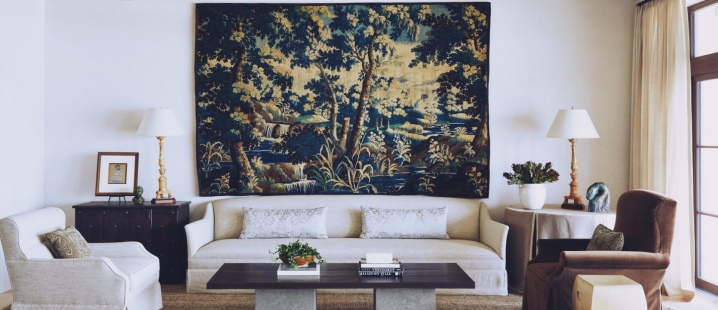
Tapestry in the interior continues to be in demand and popular, despite the vagaries of fashion. The laconic minimalism, which now dominates among the directions, cannot supplant the styles where the tapestry looks appropriate and organic. Unique, mesmerizing paintings and tapestry panels are an expressive attribute that can transform the design of a room. A variety of types, colors and compositional solutions allows you to choose an option for every taste.

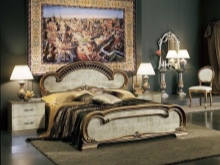
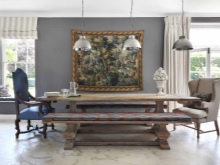
Peculiarities
The tapestry wall panel has a number of features that make it so popular:
strength and durability - the weaving is quite dense, so the tapestry picture is reliable, durable, and will last for many years;
keeps its shape perfectly, does not wrinkle, does not form folds, creases, is not subject to deformation, therefore the plot is demonstrated ideally;
color fastness - the range of shades used is very diverse, from respectable pastels to rich, saturated tones, and the color is not subject to fading in the sun;
wide assortment - tapestry can be used in different styles due to the fact that plots, colors, patterns are incredibly diverse.
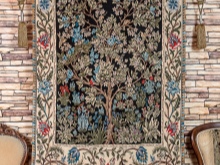
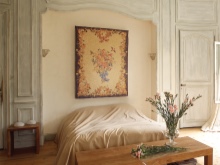
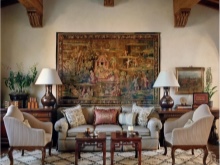
In order for the panel to be presented in the most favorable light, it should be placed in an area where lighting quite high quality. In this perspective, the play of light, overflows, transitions and all the subtleties will look especially advantageous. It is optimal if it is possible to view the panel from different angles, from different angles.

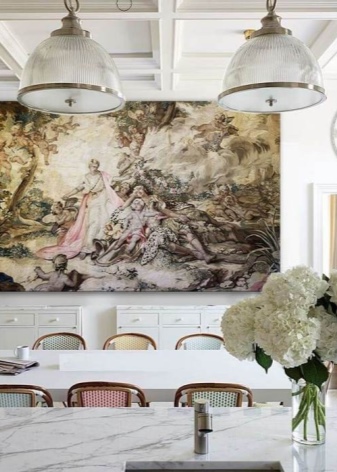
History of origin
The opinion that tapestries are archaic remnants of styles that have sunk into oblivion is incorrect. Tapestries are often compared to carpets on the walls, although they can rather be placed on a par with paintings and other accessories of this kind. The history of tapestries is ancient, in fact it is a carpet, only lint-free, woven from threads. Tapestry always has a complex ornament and plot, therefore it is referred to as objects of art and decor.
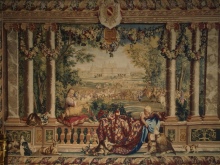

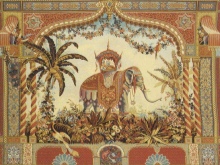
This item got its name thanks to the French language, where the woven carpet was produced at the Tapestry manufactory.... The accessory itself appeared much earlier, in ancient times in Egypt and Greece. For many years it was created by hand, it took a lot of time and patience, talent and work. Accordingly, tapestries only adorned the interiors of wealthy people. Modern production is automated, which means that the manufacturing process has become simpler.
Despite the availability of mass production of tapestries, manual work is still in great demand.
Tapestries are included in the family heirlooms, passed down from generation to generation. Such accessories are especially popular in oriental interiors.
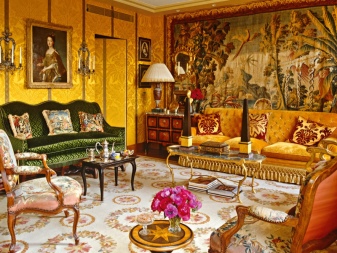
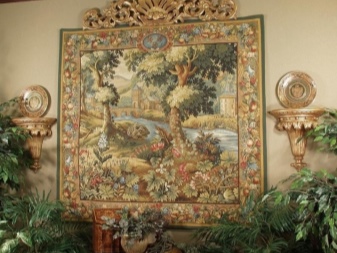
Species overview
You can easily choose a canvas for an interior composition, since the variety of types, plots and colors is amazing. There are options for large sizes, medium, small compositions. Framed panels, framed paintings are in demand. First of all, tapestries are subdivided according to themes, the most popular are:
reproductions of famous paintings;
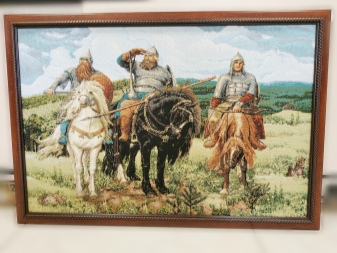

- still lifes;
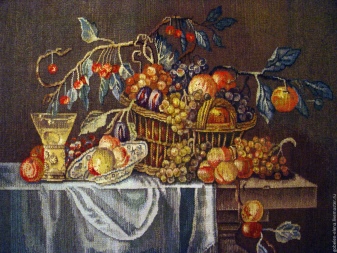
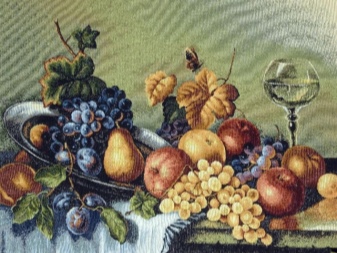
- floristic compositions;
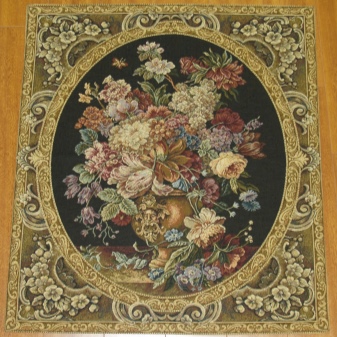
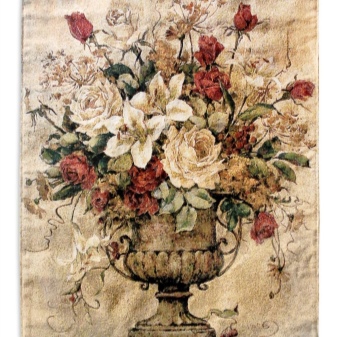
- architectural ensembles;

abstraction.
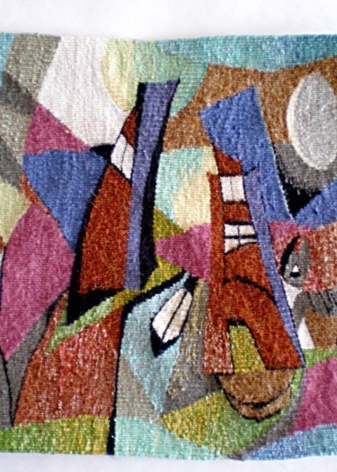
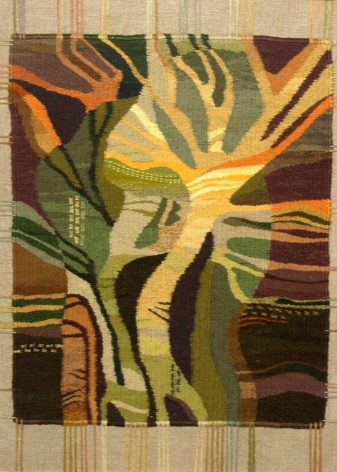
Another criterion by which the types of panels are divided is the material of manufacture, the number of layers. To make the composition really effective and expressive, different threads are used:
silk;
wool;
viscose;
acrylic;
polyester.



Threads are used different shades and different diameters, which provides structure and color transition effect.
A two-layer fabric is denser and holds its shape better than a single-layer fabric. Sometimes the panels are equipped with a special weighting agent at the bottom; decoration in frames, baguettes, slats is also common.

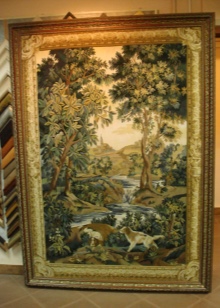
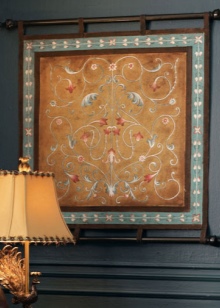
Selection Tips
First of all, you need to focus on the style of the room. A variety of subjects allows you to choose a composition even for a modern interior.
East style. In this direction, tapestry is one of the necessary attributes, since textiles play one of the main roles here. In the oriental style of busting, you can not be afraid, on the contrary, any excess, pathos is welcomed.
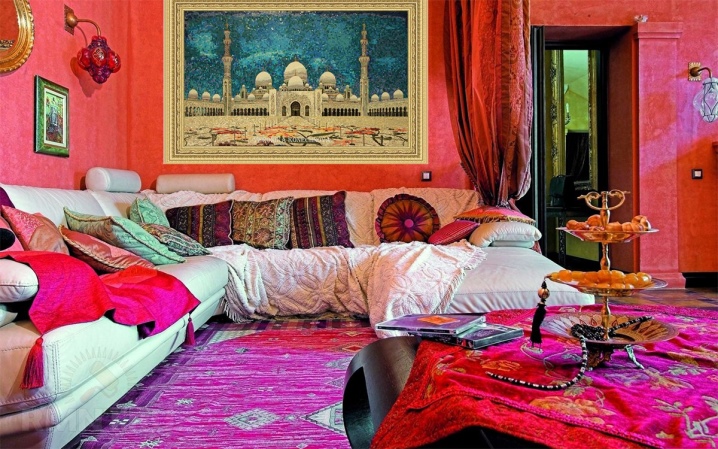
- Classic style. Large panels with landscape motifs will be appropriate here. Handwork and high quality workmanship are optimal.
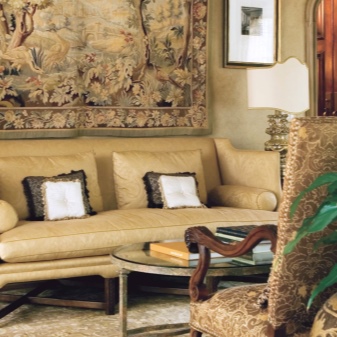
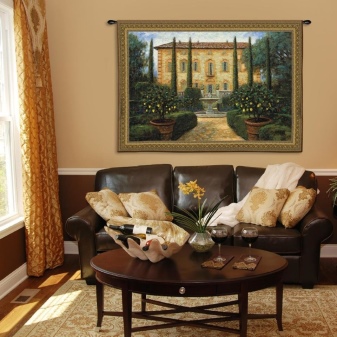
- Scandinavian style... In this direction, an abundance of textiles is not welcome, but certain details of such a plan will perfectly enliven the interior. It is important to choose neutral, muted colors, small sizes.

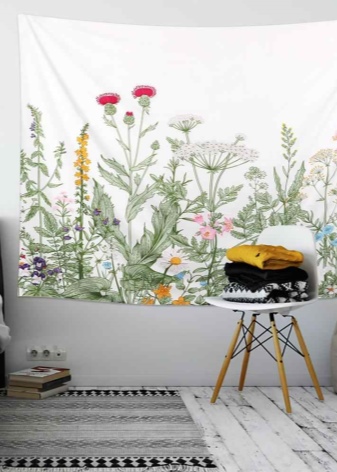
- Modern trends. Here abstraction in a bright performance will be most appropriate. Such a panel will decorate the interior in the style of loft, fusion, eclecticism and others.
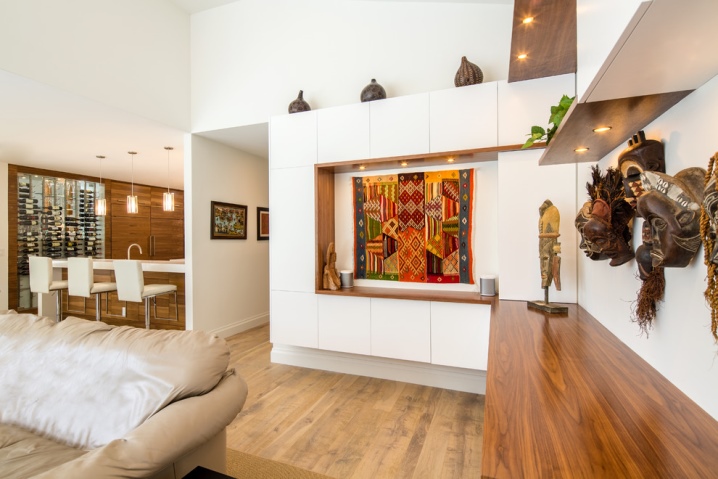
Vintage destinations... Retro requires an artificially aged panel, as if faded in the sun. It is necessary that the canvas is in contrast to the floor.
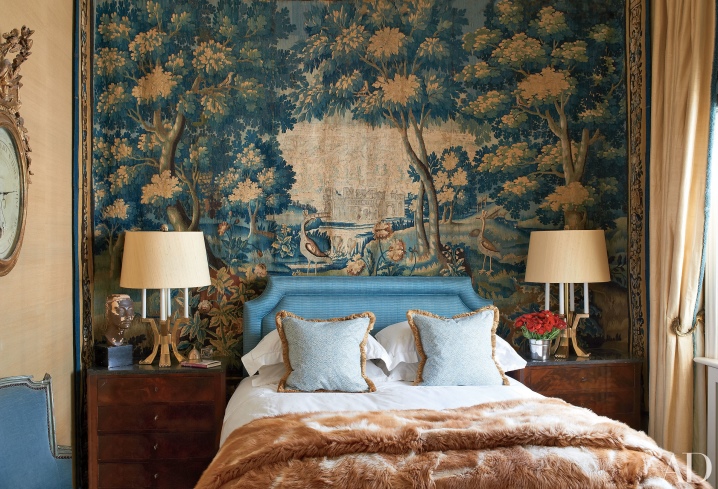
Regardless of the style, it is important that the panel harmoniously looked with other textiles in the room. In addition to style, other nuances must be taken into account, for example, the functionality of the room:
in the bedroom, the canvas decorates the space above the bed, which means it should be of the appropriate size and calm in content;
in the living room, options of different sizes are appropriate, plot panels, landscape, abstract compositions are also good here, the main thing is harmony with the general design solution;
in the kitchen, you can also safely place a tapestry, best of all in the dining area, the optimal choice of the plot is still lifes, floristry, animals.
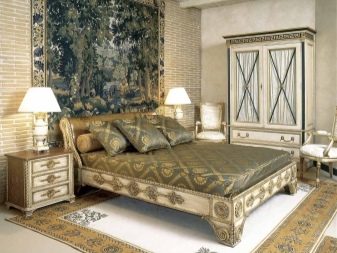

Examples in the interior
Luxurious style directions where very pathos and surroundings are important - the perfect backdrop for tapestry compositions. Full wall panel - catchy and expressive design solution. It will not go unnoticed. Tapestry in a modern interior can significantly revive the composition, give it comfort.
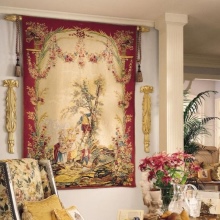

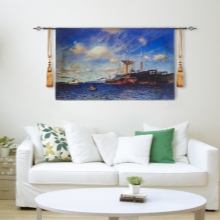
Harmonious and effective the panel will complement the interior in the English style. Laconic interior solutions with tapestry accessories look more homely and complete.
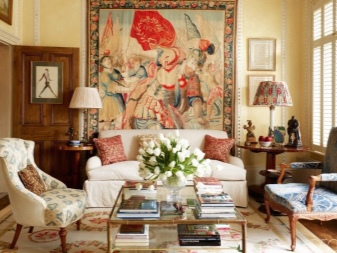
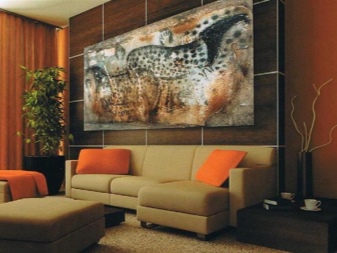
Tapestry ensembles Is not necessarily something old-fashioned and archaic. Will fit perfectly panels in the above-fireplace area... Especially if it is fulfilled in the style of a famous artist.
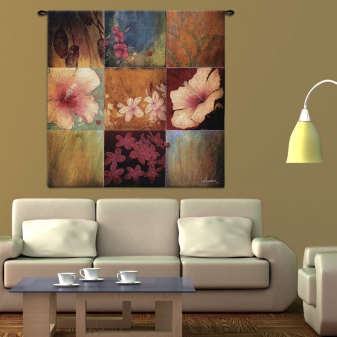
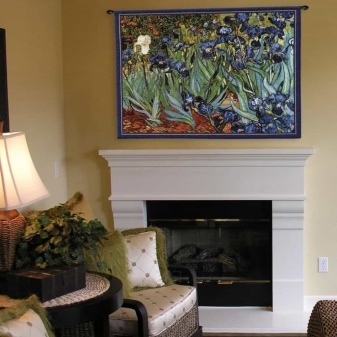
For the history of the creation of tapestry, see the next video.













The comment was sent successfully.